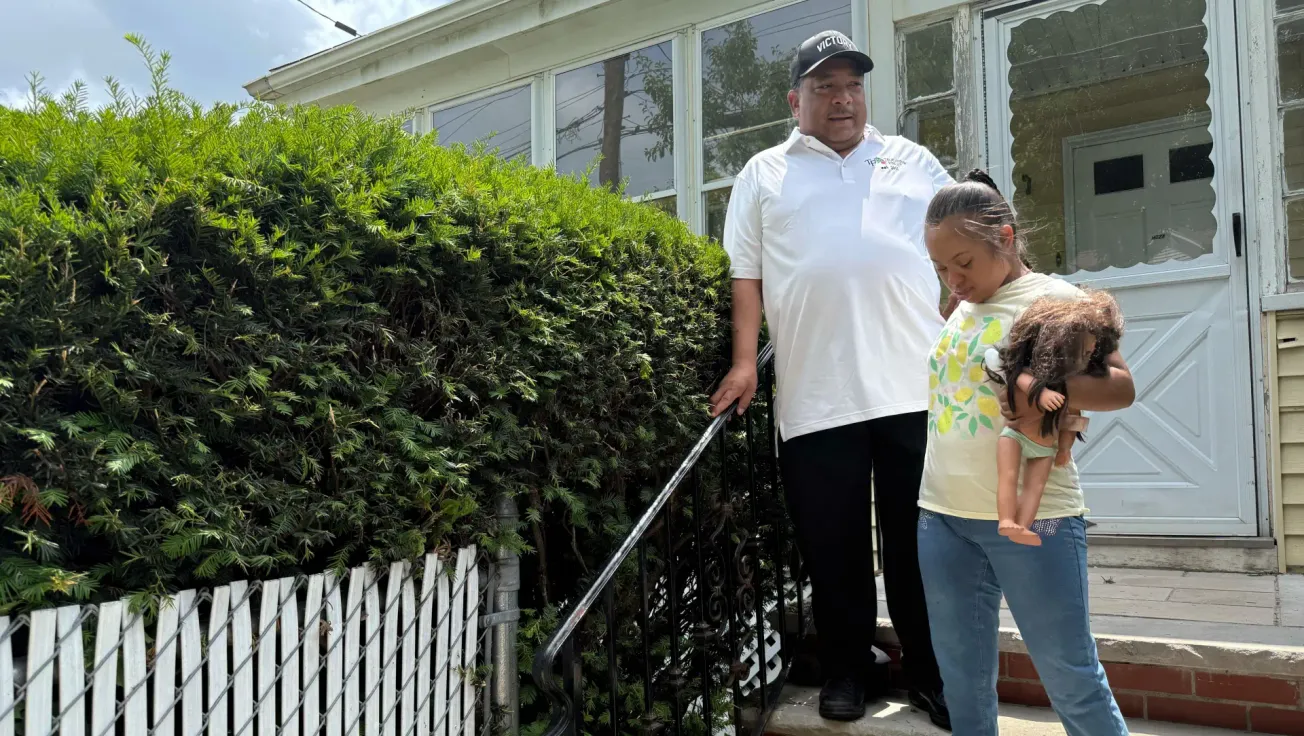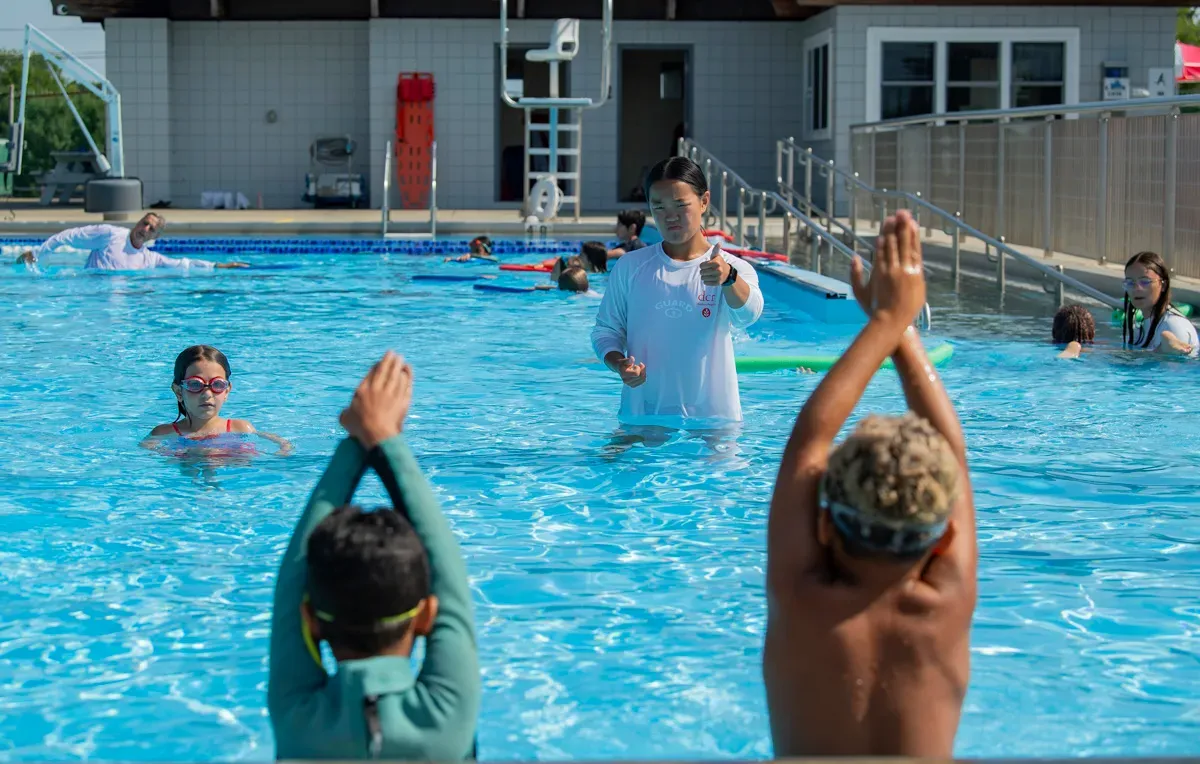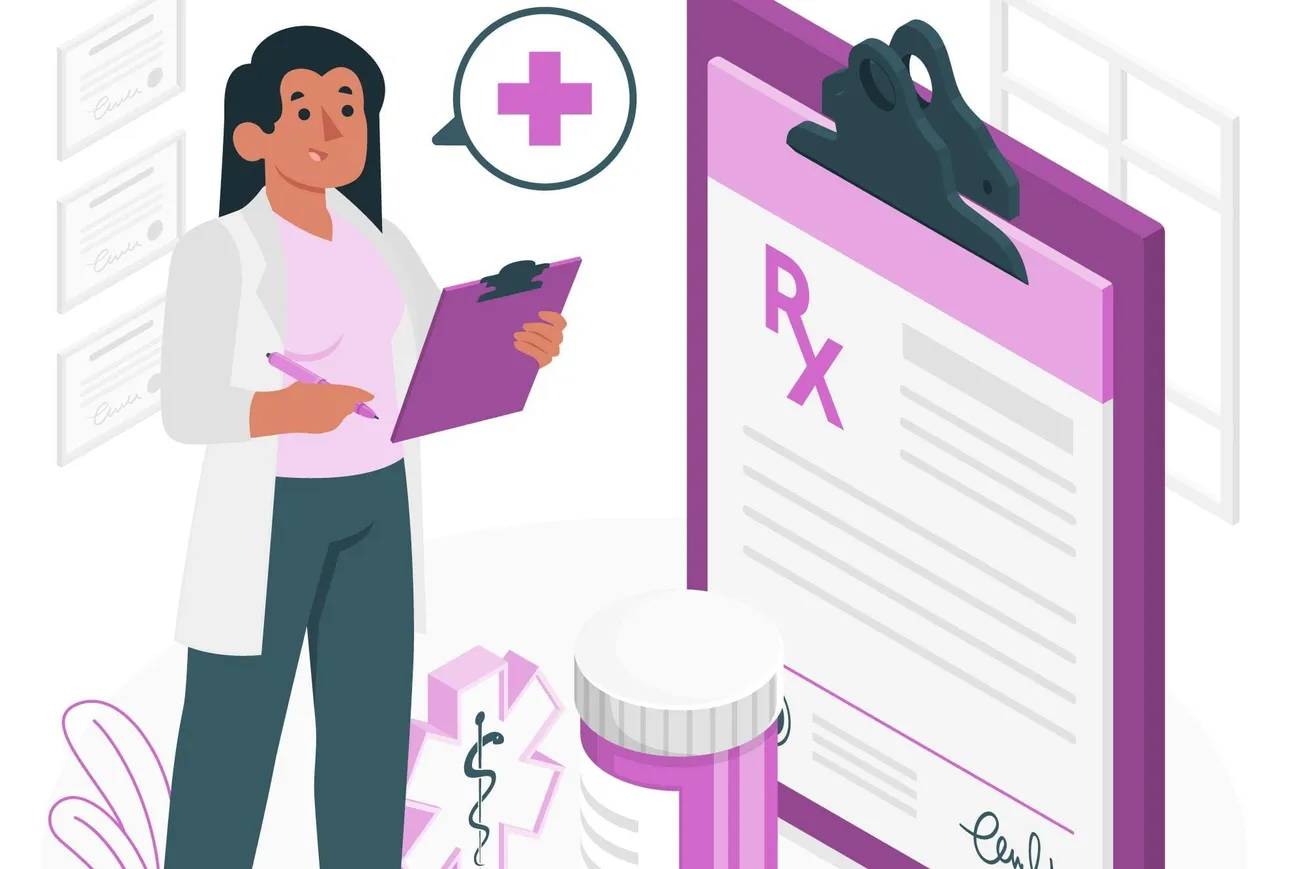Por Margarita Persico
(Baje para la versión en español)
Nancy Rivera’s type 2 diabetes had been so out of control she feared for her life.
«I was a walking time bomb… waiting to explode,» says Rivera, a 48-year-old mother of four who was diagnosed with type 2 diabetes.
She had all the symptoms: she was overweight, constantly tired and always thirsty. Her blood sugar level was over 500, more than quadruple a normal blood glucose reading, which should typically fall between 80 and 120. She could have been in a coma.
According to the American Diabetes Association (ADA), Rivera is one of nearly 24 million diabetics in the United States, a number expected to double in four decades. As a Latina, she is part of the nation’s fastest growing ethnic group — one that’s also being diagnosed with diabetes and its many complications at nearly twice the rate of the general population.
Even though type 2 diabetes is associated with the elderly, it is no being diagnosed in younger people, including children and adolescents. One in every three Americans and one in every two Hispanic females born in the United States after 2000 are at lifetime risk of diabetes, according to a 2008 Center for Disease Control and Prevention (CDC) report. Worse, it is estimated that 5.7 million people are unaware that they have diabetes, according to the ADA.
«Diabetes is … probably one of the most challenging problems that are going on right now in the Latino community in terms of health,» says Dr. Alexander Green, associate director of the Disparities Solutions Center at Massachusetts General Hospital (MGH) in Boston. The numbers have driven many health organizations to start diabetes initiatives and outreach interventions. For example, MGH started the Disparities Solutions Center nearly four years ago to seek answers to persistent racial and health disparities.
One of their projects is the Diabetes Initiative, started in Chelsea in part because of the Boston suburb’s high population of Latinos — 48 percent, according to the last census. Green says nearly 50 percent of the initiative’s diabetic patients are Latinos.
«If [patients] don’t have education in Spanish, for example, they may not be able to understand diabetes as well,» Green says.
At MGH’s Chelsea HealthCare Center, where Rivera is a patient, Spanish speaking diabetes coach Eddie Horta works with patients to take control of their diabetes. As a liaison between doctor and patient, he triesto fi gure out what barriers the patient is facing and tries to devise solutions — within a patient’s budget or health care plan. Some physicians have learned that patients may not be able to afford their medications, but are too embarrassed to say as much. «Some are on a fi xed income or get paid only when they work,» says Dr. Enrique Caballero, director of the Latino Diabetes Initiative at the Harvard- affi liated Joslin Diabetes Center. «They don’t have the luxury to take a day off to go to the doctor … because that may cost them money.»
Another problem is the cost of «eating healthy» and the relative lack of stores that sell healthy foods in communities of color. To close that gap, Joslin’s Latino initiative sent two of its health offi cials and several patients to a local supermarket where they shopped for healthy foods on a budget.
«Sometimes healthier foods are more expensive, but not all the time,» says Caballero.
«So even within a limited budget, people can make better choices. And so now we go exactly to where people buy the food and teach people how to do that in a better way.»
Latino patients, though, face more than economic barriers. Diabetes run





